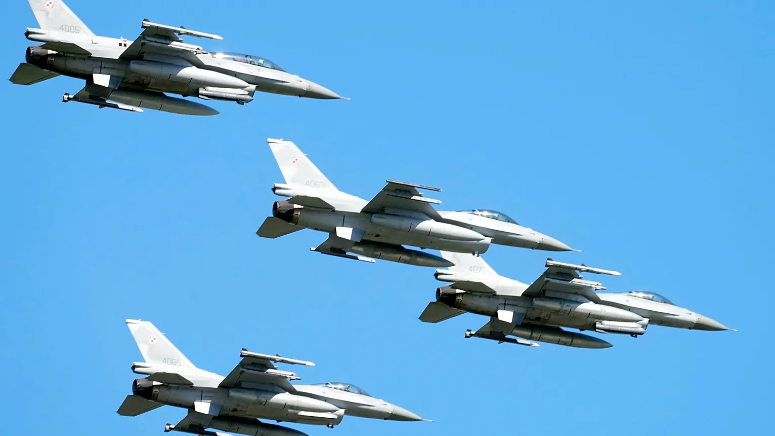Poland calls on NATO to weigh No-Fly Zone over Ukraine as Russian drone threats escalate
Poland’s Foreign Minister, Radoslaw Sikorski, has urged NATO allies to consider implementing a limited no-fly zone over Ukraine following a series of Russian drone incursions into Polish airspace.
The appeal comes after drones crossed into Poland last Wednesday, prompting NATO jets and air defense systems to intercept and destroy them. Although the drones were unarmed, falling debris damaged homes in Wyryki, sparking safety concerns for civilians in border regions.
Speaking to Germany’s Frankfurter Allgemeine, Sikorski argued that broader NATO involvement would better safeguard Polish citizens and prevent further risks.
“Protection for our people – for instance, from falling debris – would naturally be stronger if we could neutralize drones and other flying objects outside our national territory,” he stated.
He added that if Ukraine were to formally request assistance, NATO could consider intercepting drones in Ukrainian airspace.
“If you ask me personally, we should consider it,” Sikorski said.
The idea of a Ukrainian no-fly zone is not new. In 2022, Ukrainian President Volodymyr Zelensky pushed for such measures early in Russia’s invasion, but NATO members, including the U.S., rejected it over fears of a direct clash with Russian combat aircraft that could escalate the war. Sikorski’s latest suggestion, however, appears more limited – focused specifically on drones approaching NATO borders.
Poland’s interior ministry confirmed that 16 drones were detected across the country during last week’s incursion. Polish and Dutch fighter jets, supported by Italian, German, and other NATO multinational forces, took part in the defense operation.
In response, NATO launched “Eastern Sentry,” a joint mission to bolster air defense over Poland. On Monday, the UK Ministry of Defence announced that Royal Air Force jets would join the mission, stressing Britain’s “unshakeable” commitment to defending NATO territory.
The Russian defense ministry denied targeting Poland, insisting its drones have a maximum range of 700 kilometers (435 miles) and were only aimed at Ukrainian sites. Moscow claimed that if drones crossed into Poland, it was either by accident or impossible under the specifications of its equipment.
The tension did not stop at Poland. Just days later, Romania scrambled fighter jets after a Russian drone breached its airspace on Saturday, underscoring the growing regional risks of drone warfare spilling across NATO borders.
Sikorski’s remarks highlight a delicate balancing act for NATO – weighing the need to protect its members while avoiding direct escalation with Moscow. Whether allies will back Poland’s call for a restricted no-fly zone remains uncertain, but the recent incidents show that the conflict in Ukraine is increasingly testing NATO’s eastern defenses.



